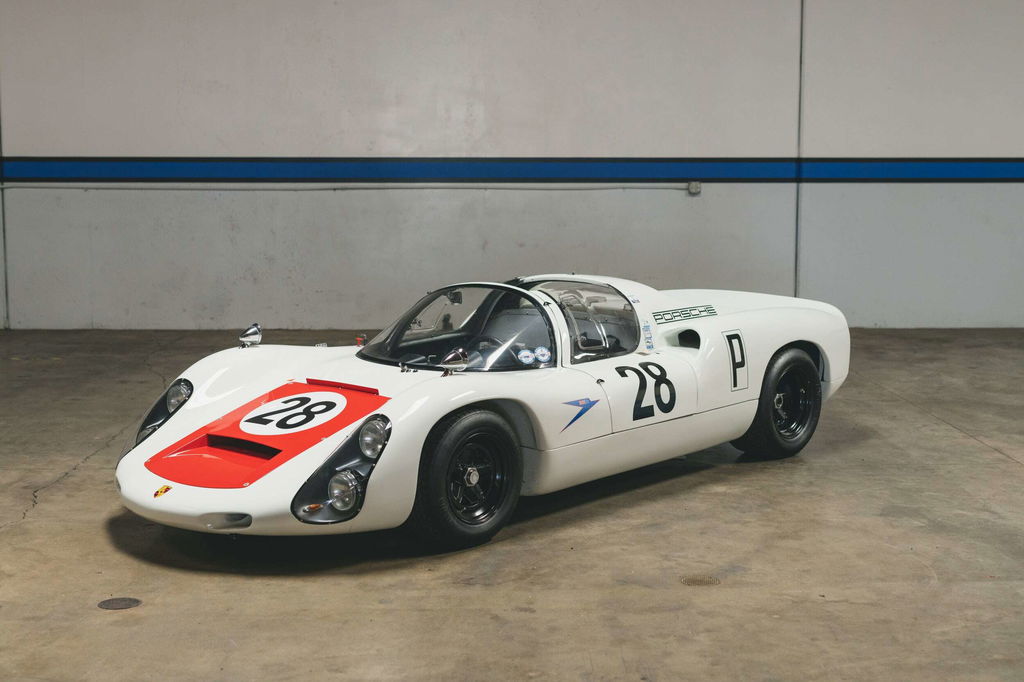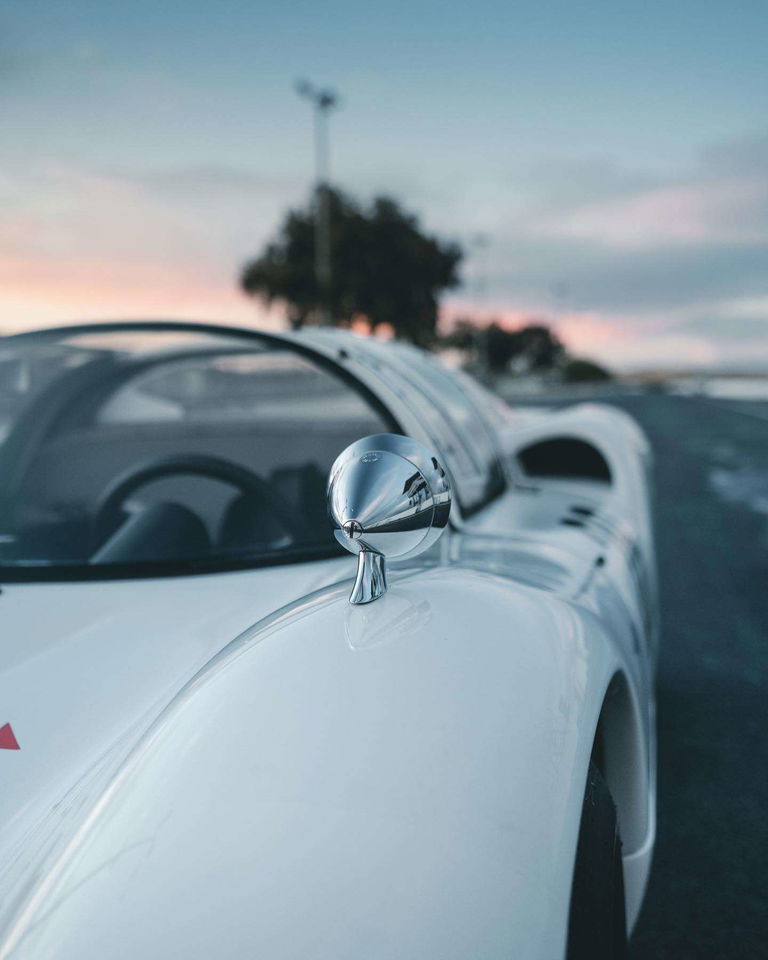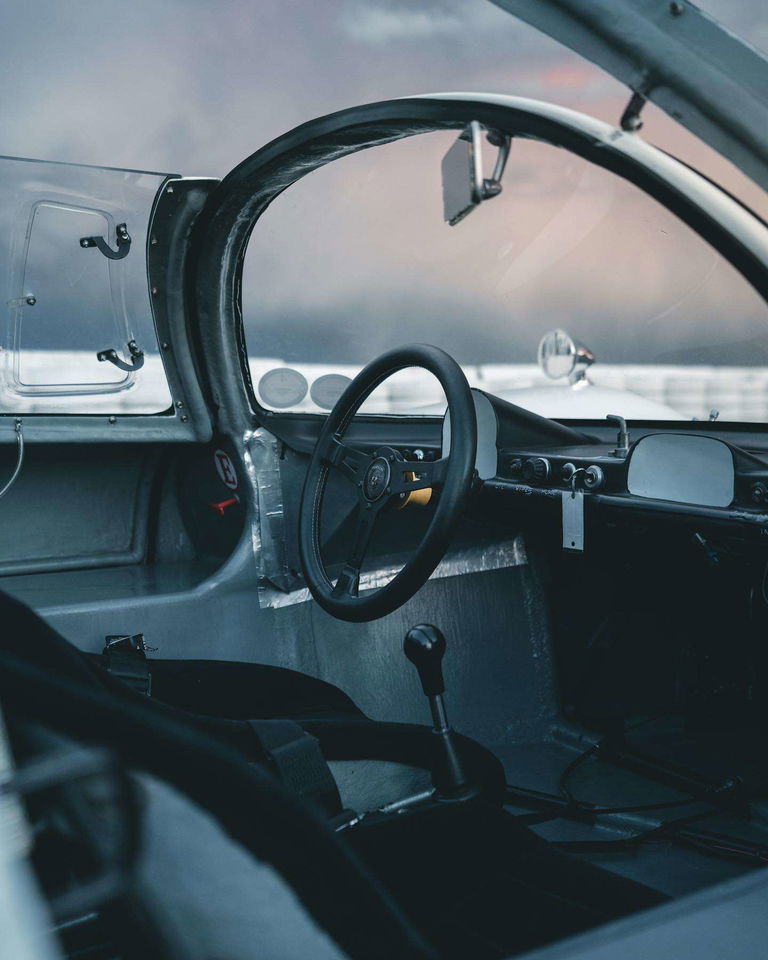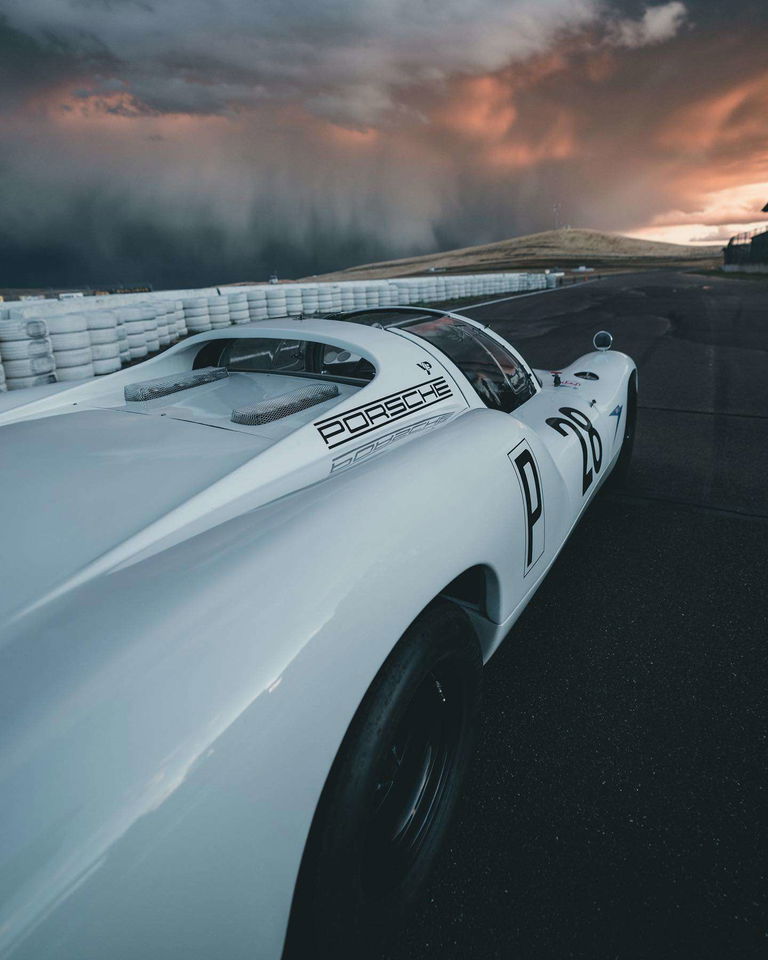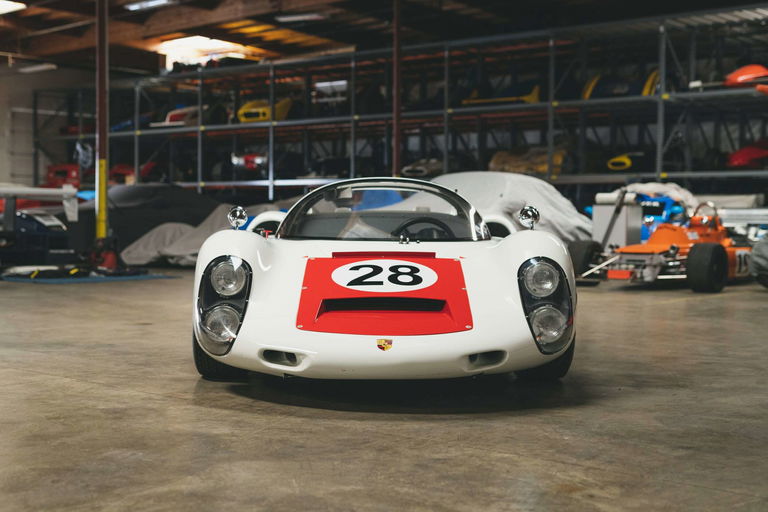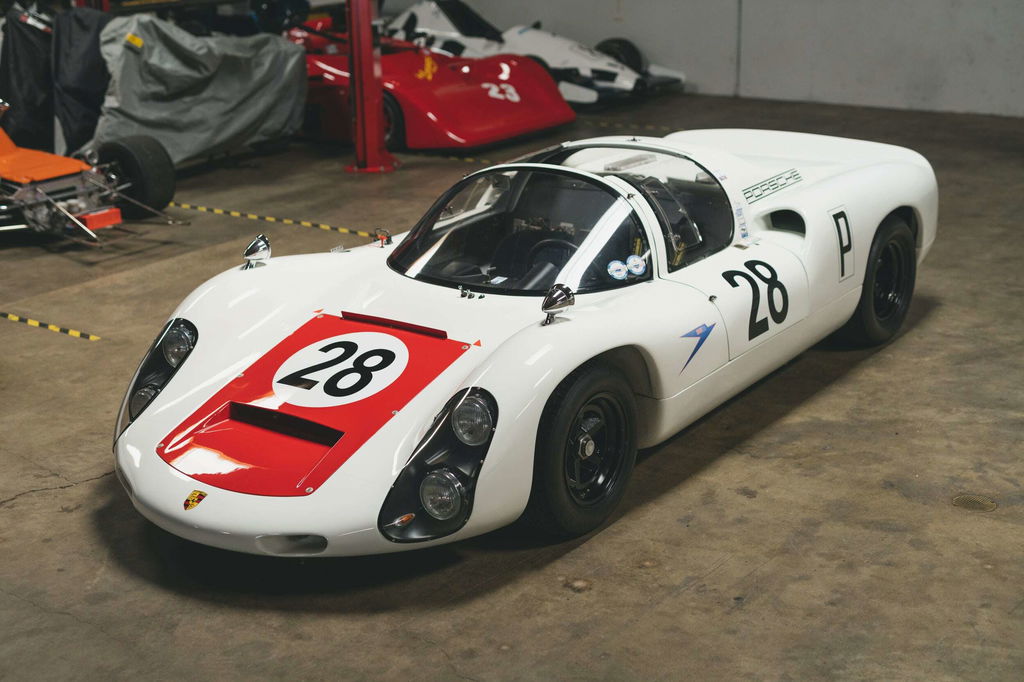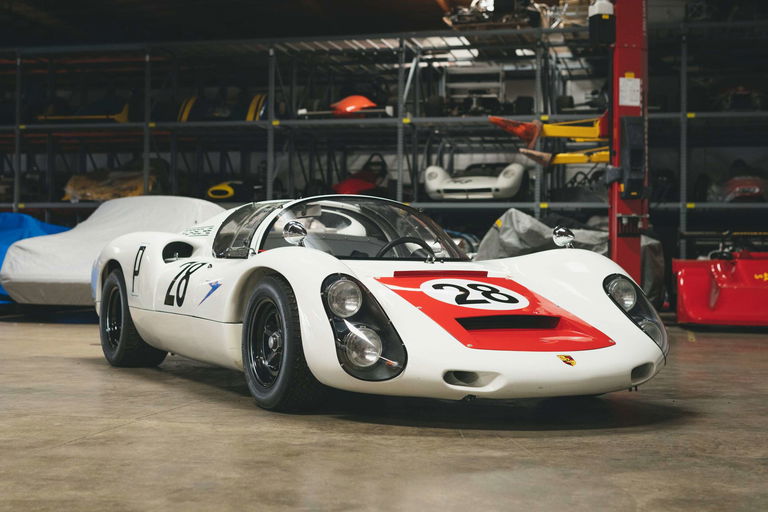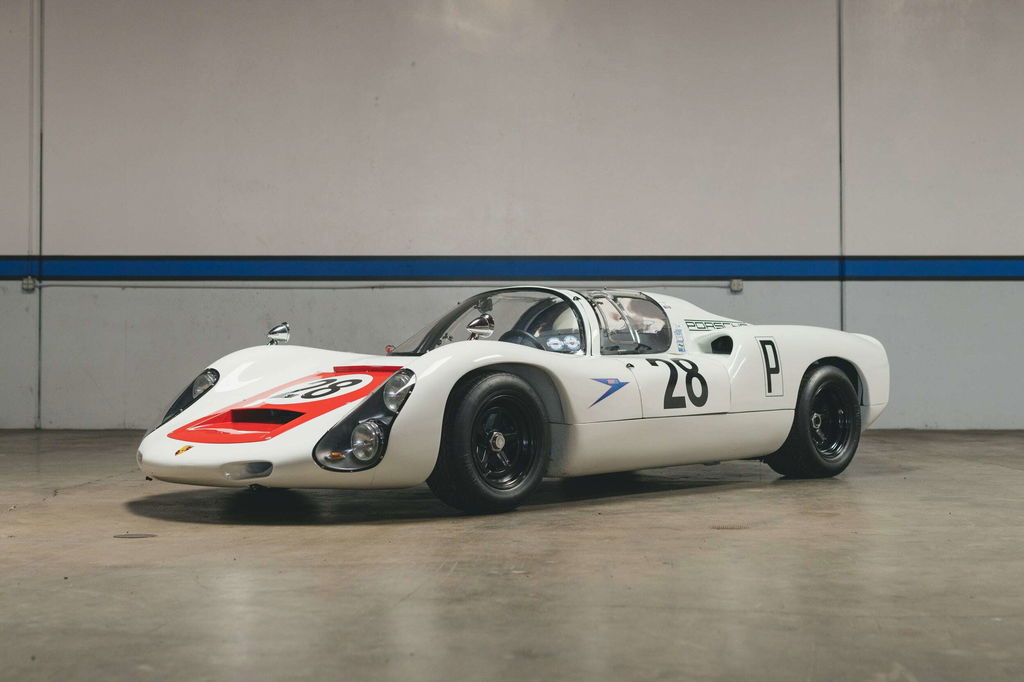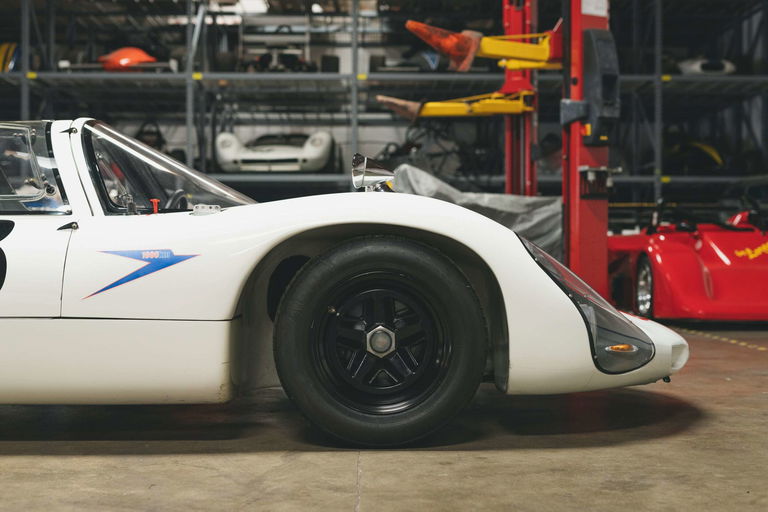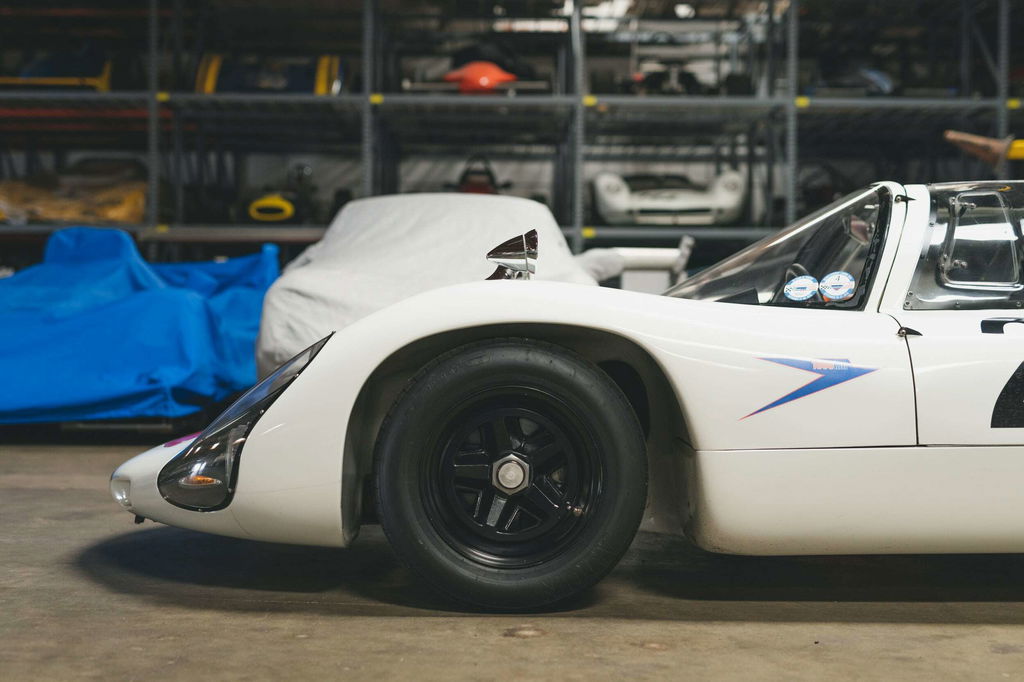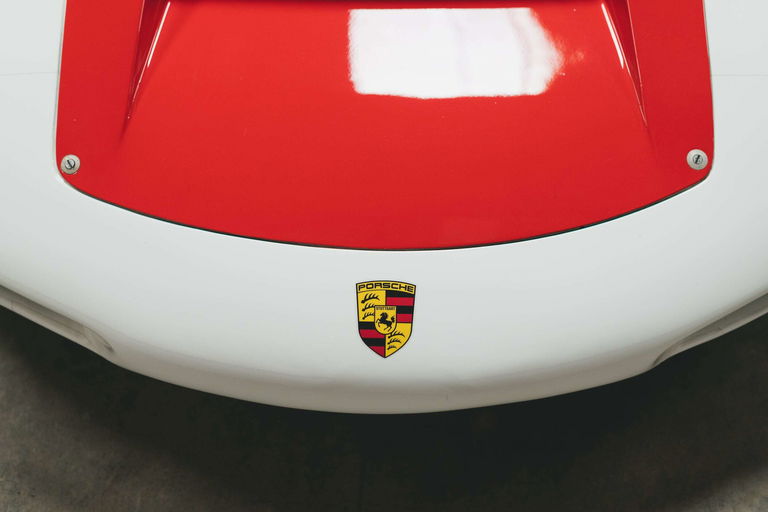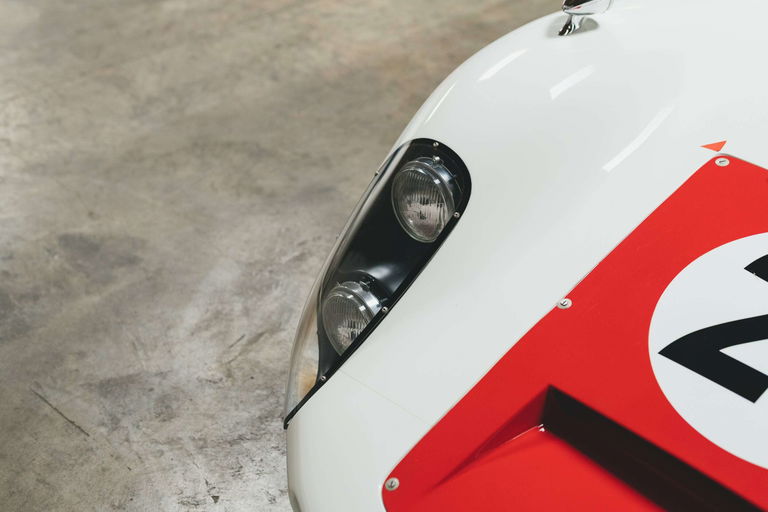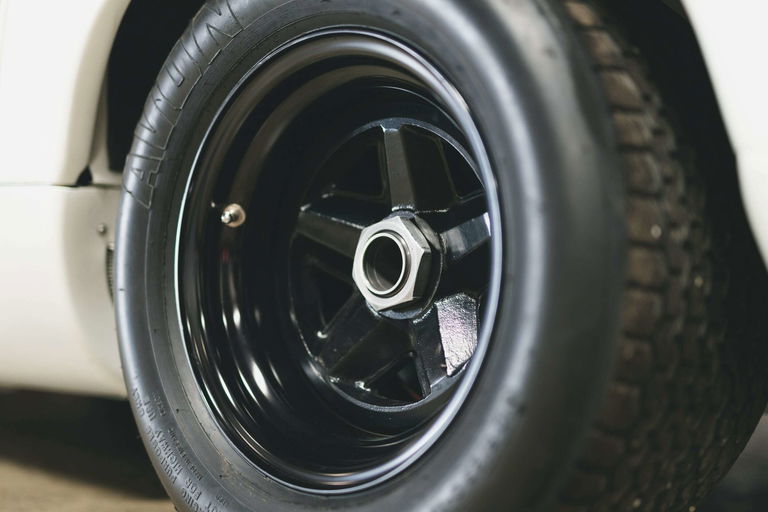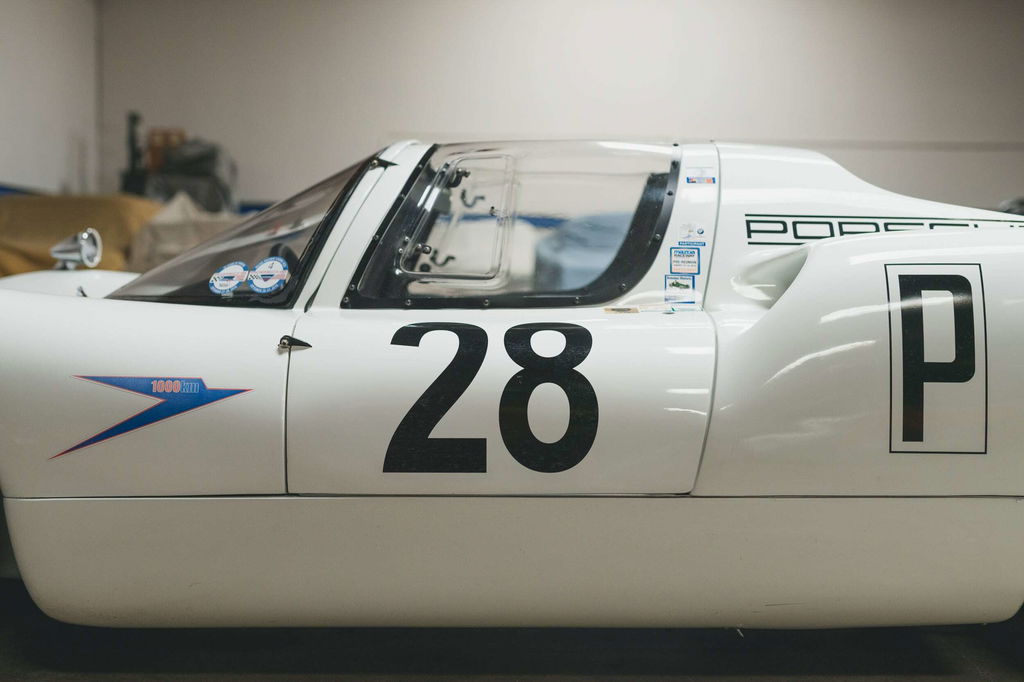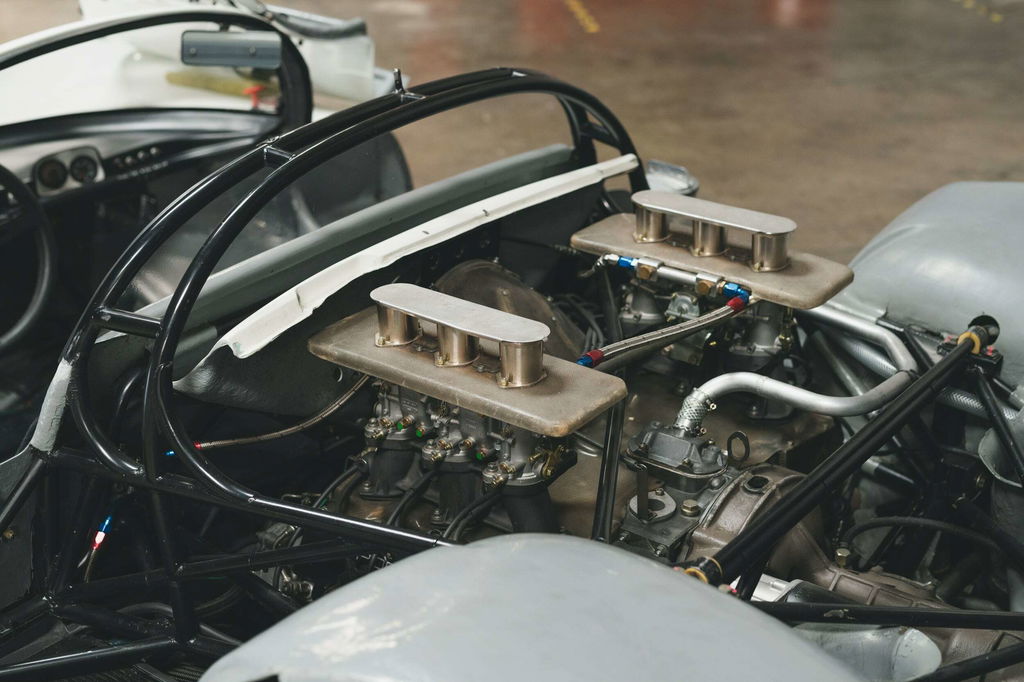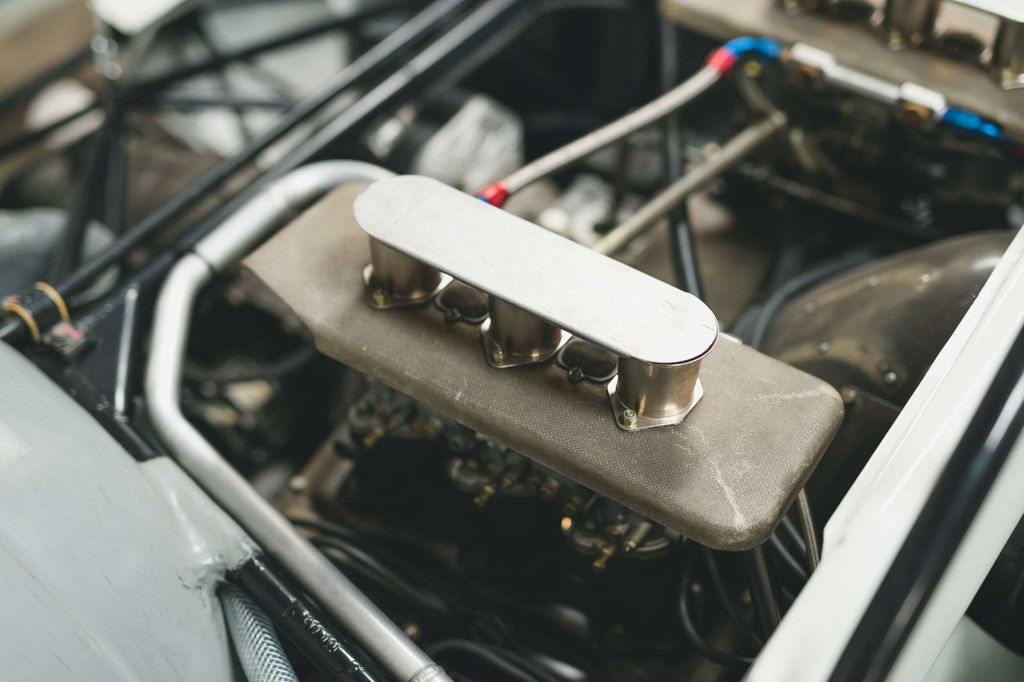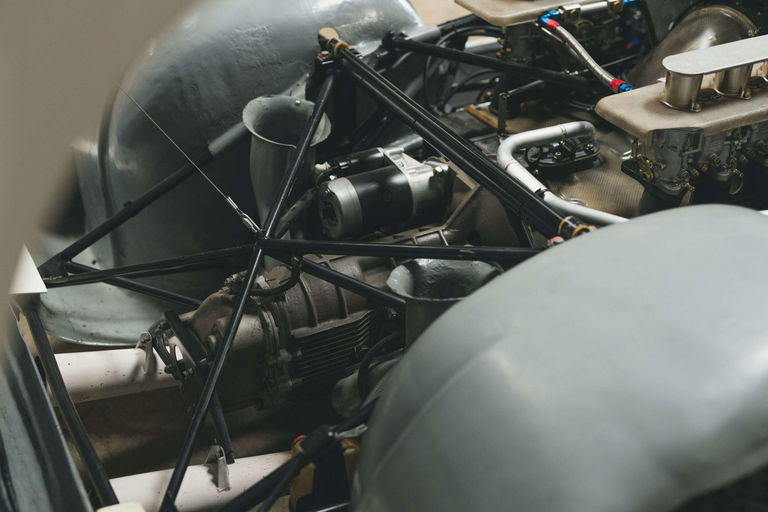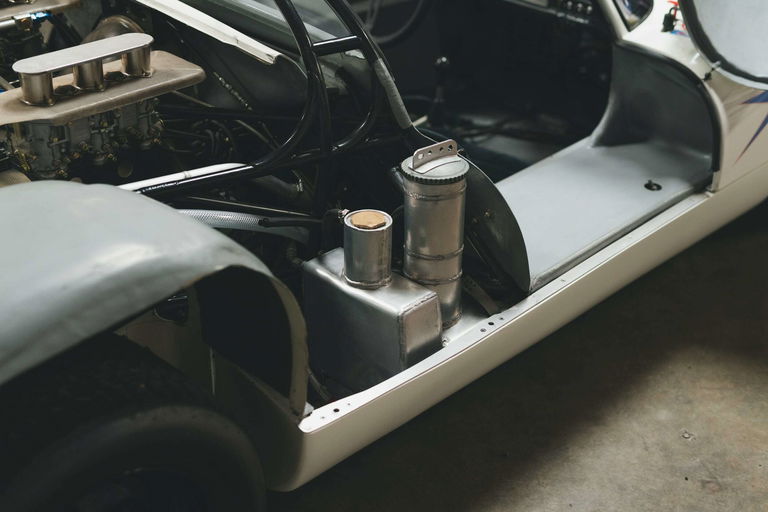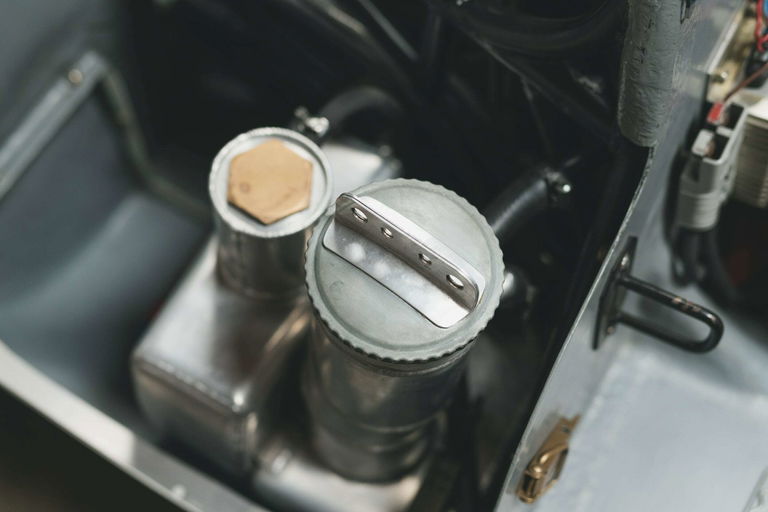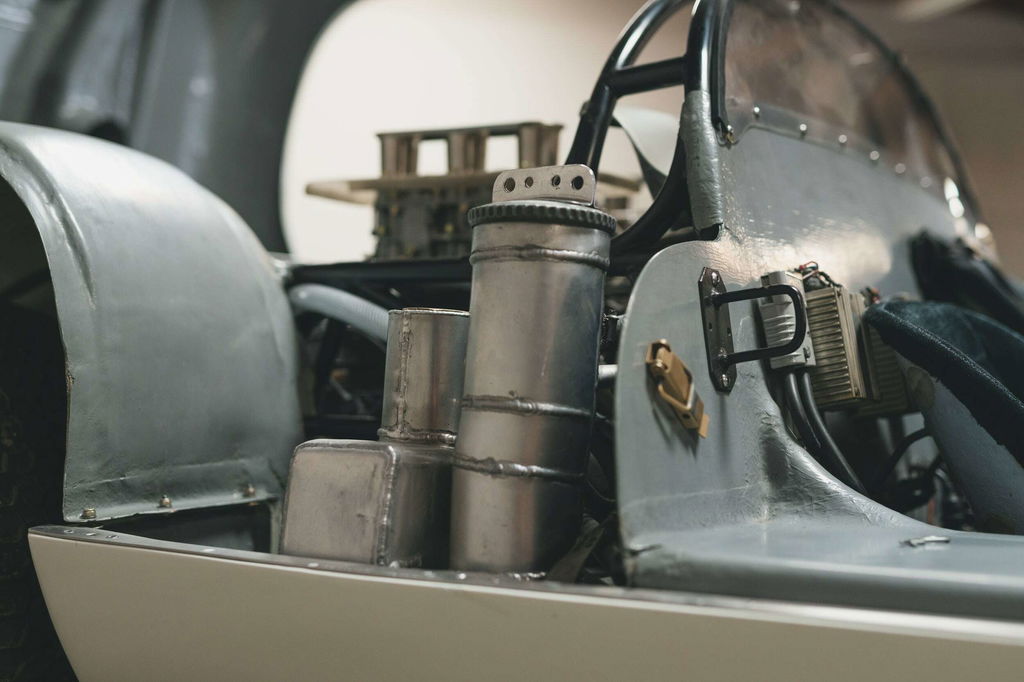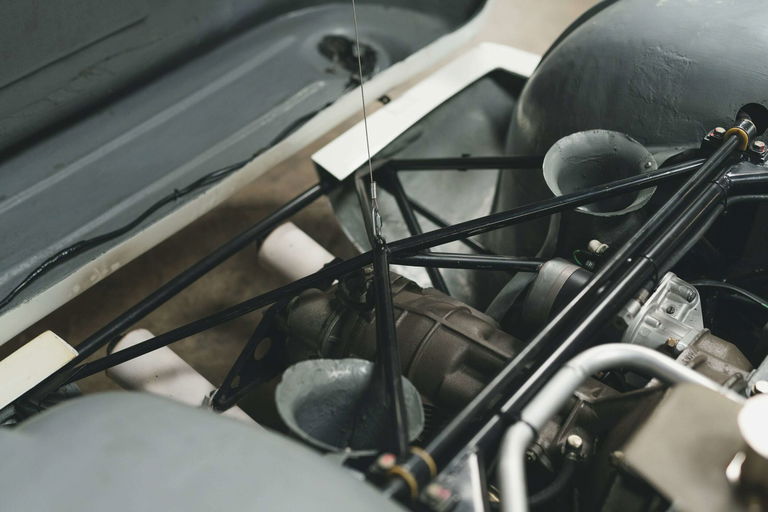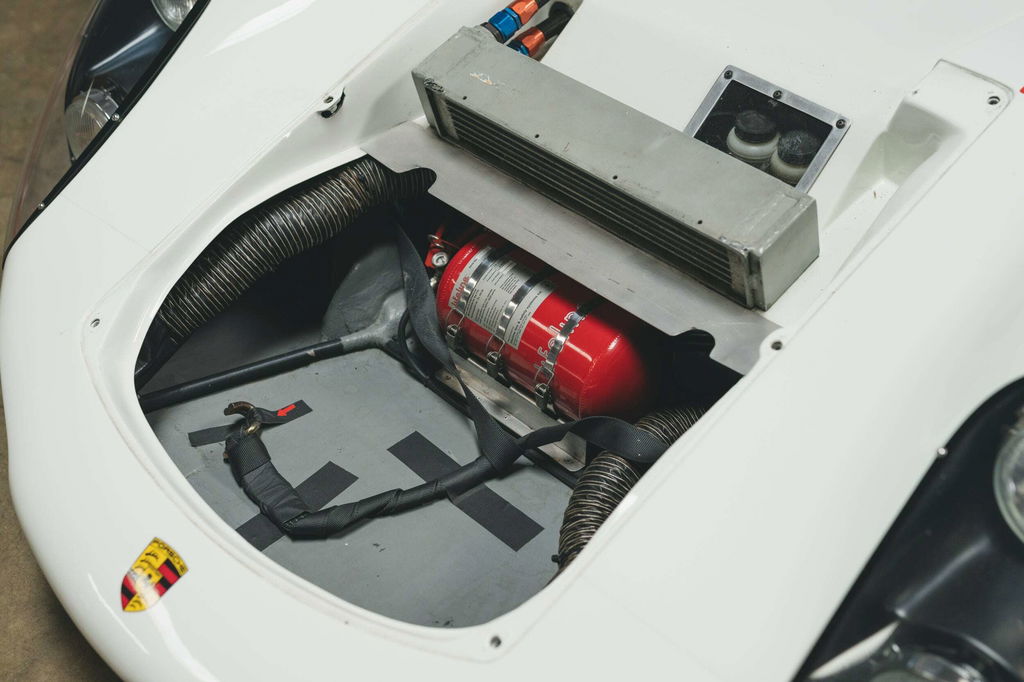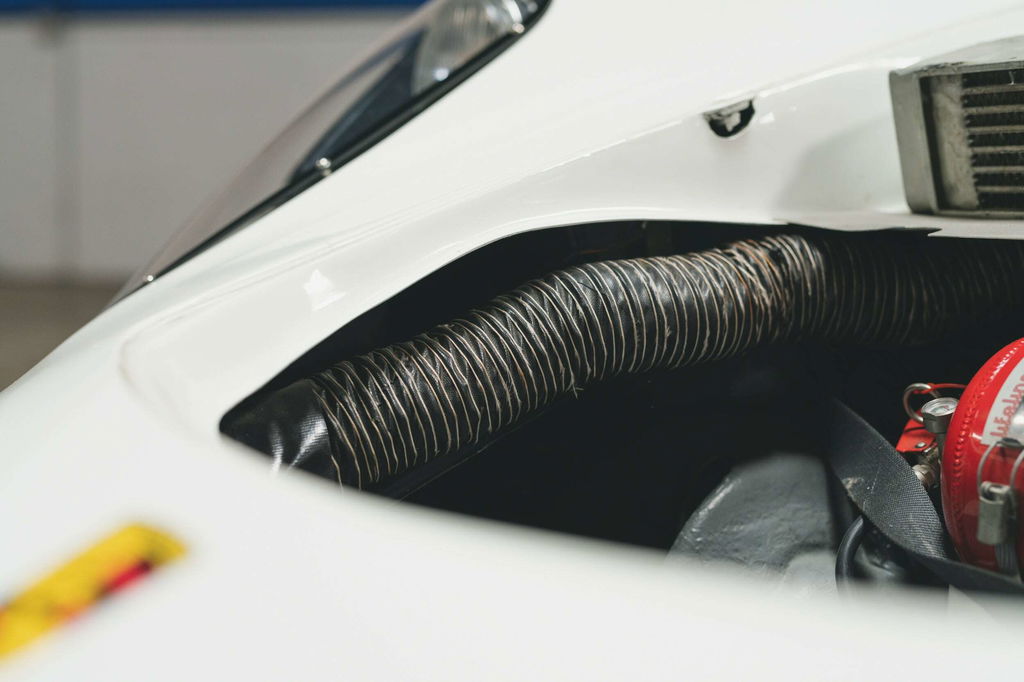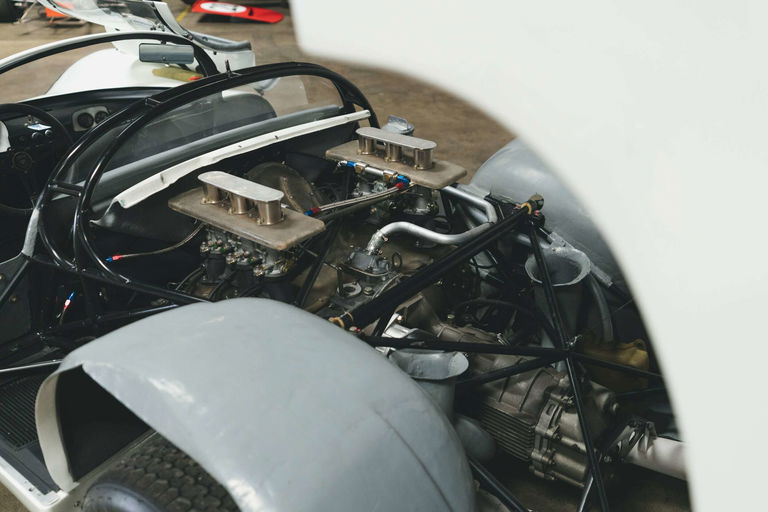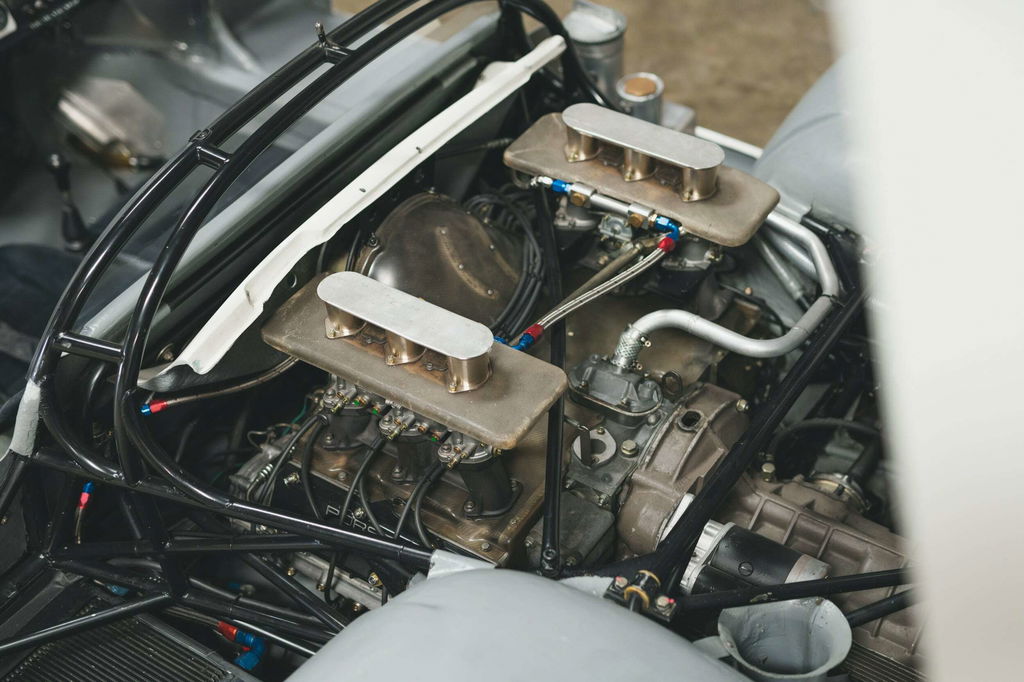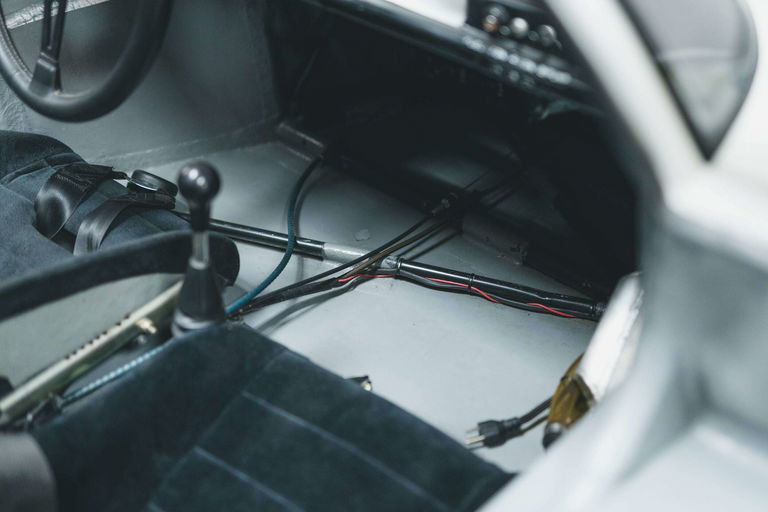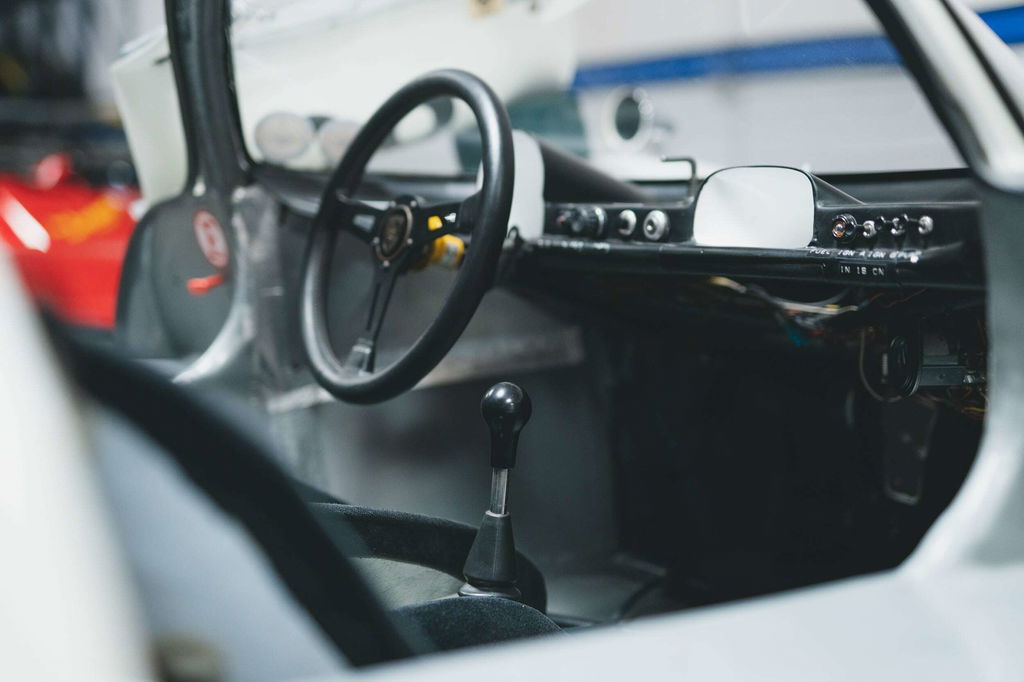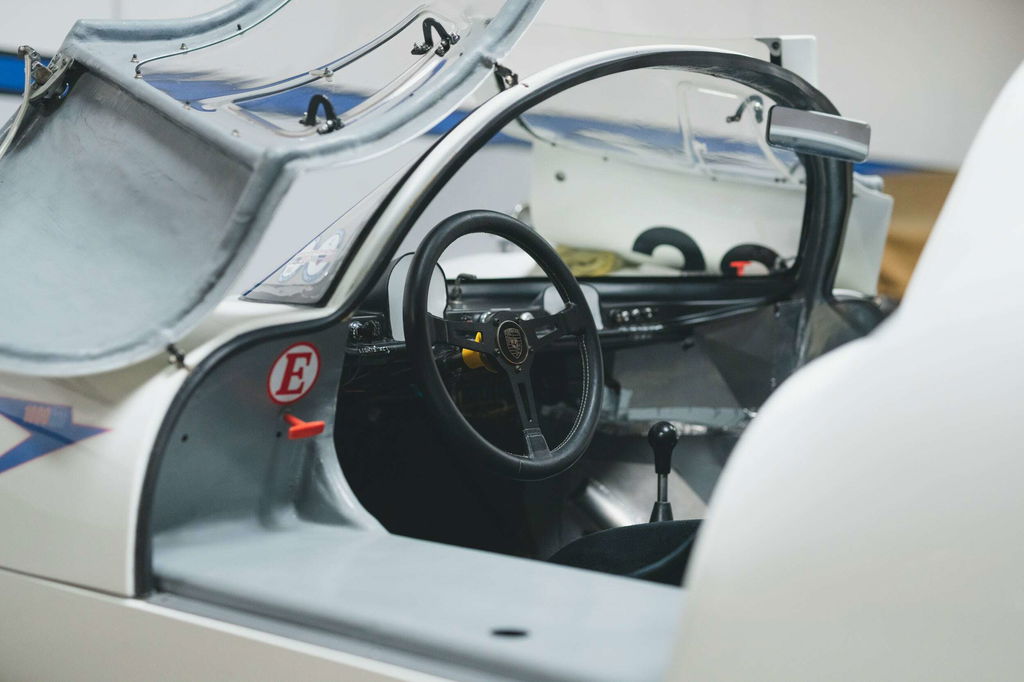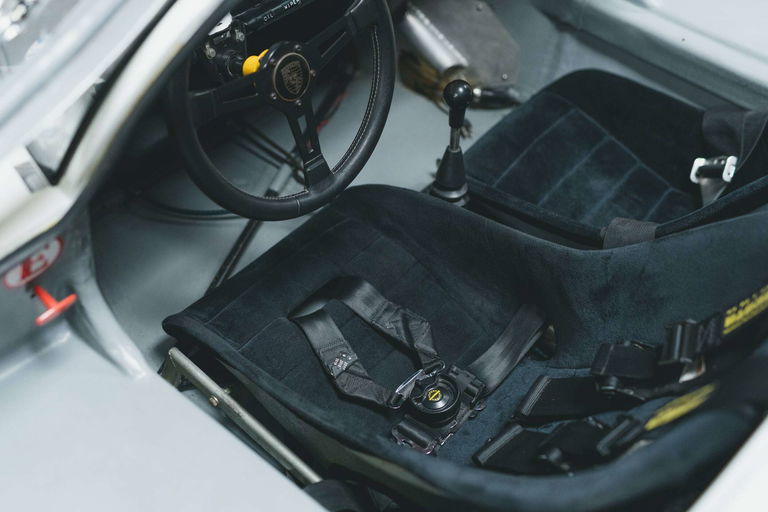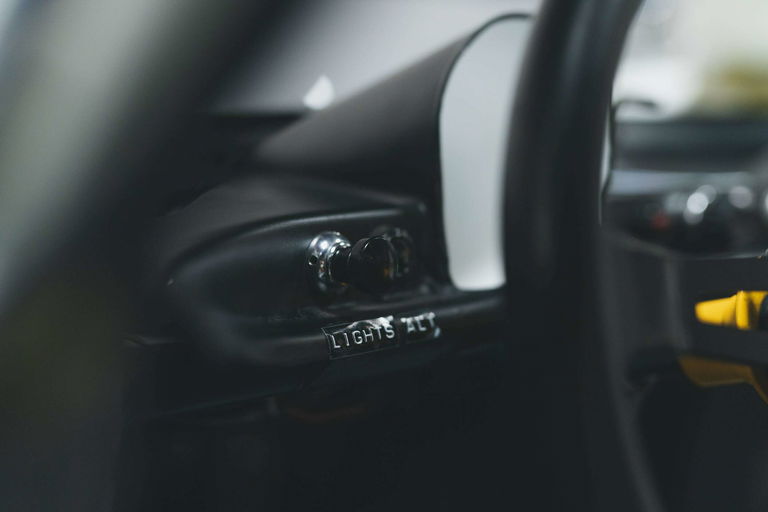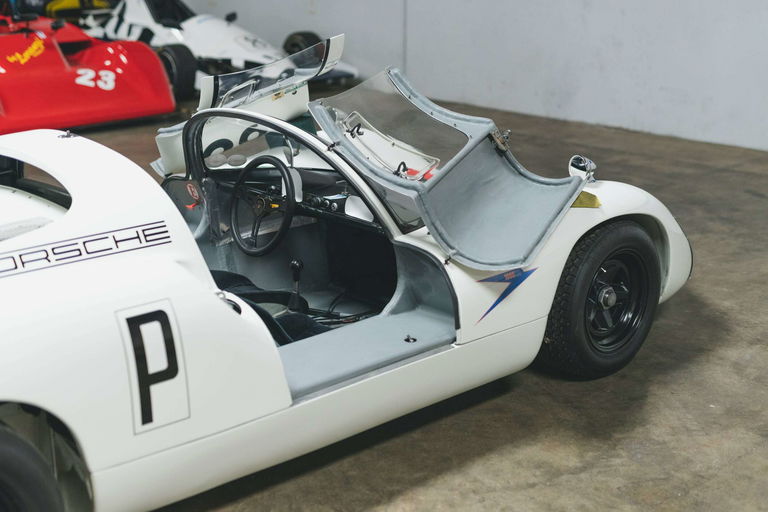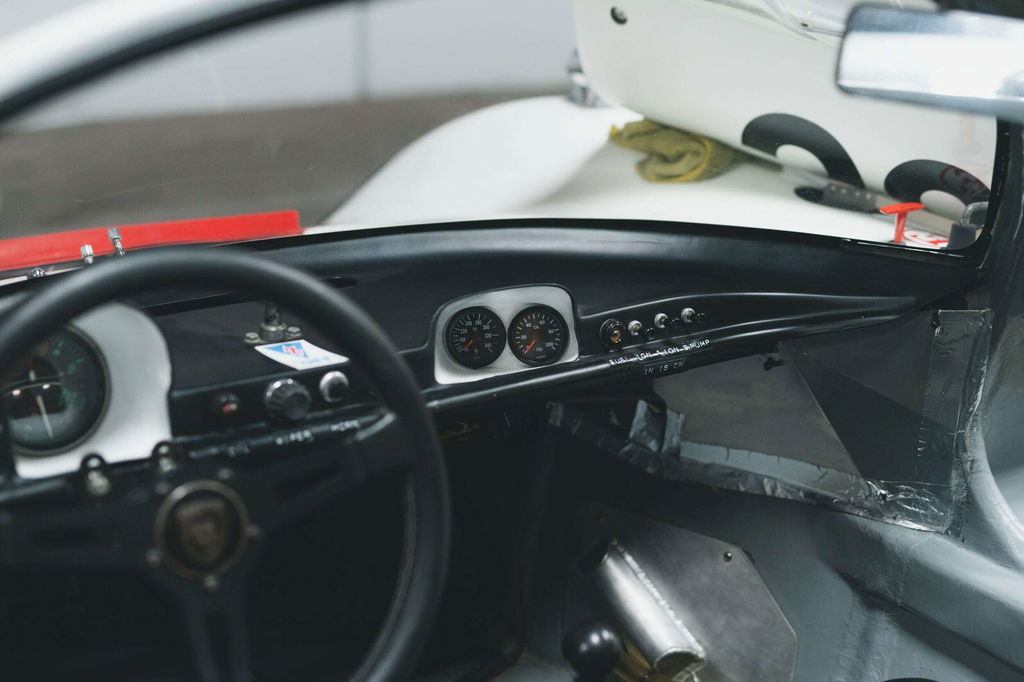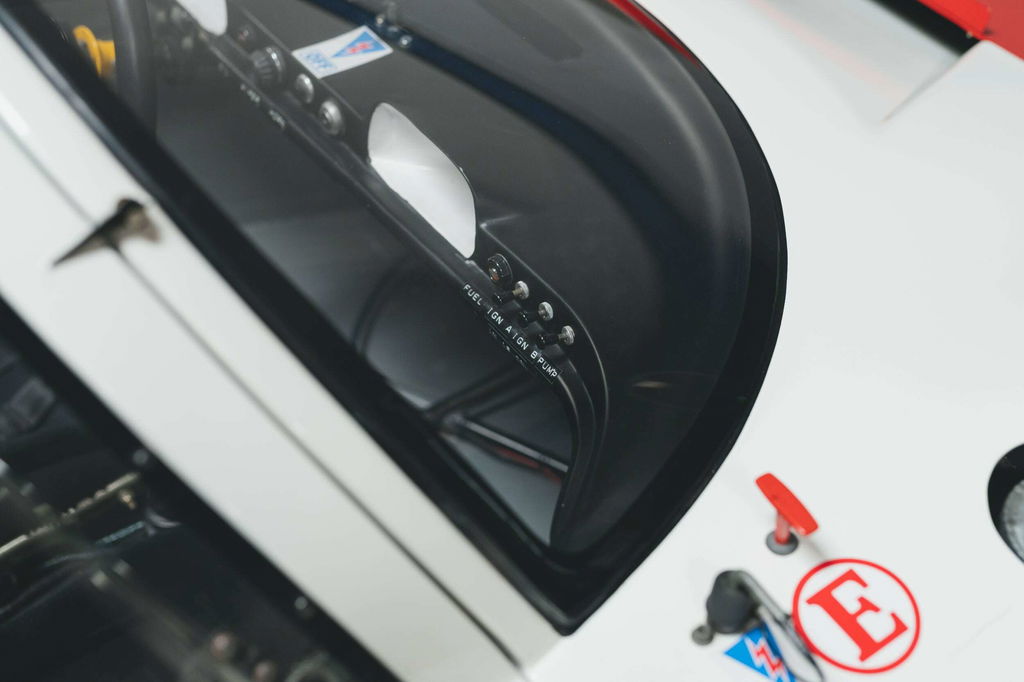Its successor, the 906, evolved this concept but introduced a tubular steel frame, an approach that would persist in Porsche race cars until the aluminum monocoque construction of the 956 finally superseded it in 1982. The 906 was also the first project overseen by Ferdinand Piëch, who would head Porsche’s motorsport department all the way through the immense success of the 917 program. The 906 weighed 250 pounds less than the 904 and debuted in January of 1966 at the 24 Hours of Daytona, where it won its class, a feat it often achieved through the 1966 season, including at Sebring, Spa, Monza, and the Nurburgring. Most (but not all) 904s were powered by the legendary Fuhrmann 4-cam flat-4, but the standard powerplant of the 906 was a development of the 2.0 liter flat-6 from the 911, producing over 100hp per liter in race tune.
Porsche’s tempo of development was extremely quick during this period, with work on new models beginning virtually the moment the existing car debuted, and thus, the next evolution appeared only a few months later in the summer of 1966. This car was the 910, differentiated primarily by a series of structural changes which improved performance markedly. One of the most visible changes was the change from 5-lug 15-inch steel wheels to magnesium center-lock 13-inch wheels, which reduced drag thanks to the lower fender lines which permitted a smaller frontal area, improved visibility, and sped up pit stops. The chassis was significantly improved as well, with revised suspension geometry, reduced unsprung weight, and ultimately, a 25% increase in torsional rigidity. The cars were lighter too, weighing in just barely above the minimum FIA weights of 1265 pounds (6-cylinder cars) and 1320 pounds (8-cylinder cars).
8-cylinder 910s were run by the factory in shorter events only because, while more powerful (despite displacing only 2.0 or 2.2 liters), they were not nearly as durable as the proven 911-based 6 cylinder cars. The 910 appeared midway through the 1966 season and the cars were used for short hillclimbs primarily, gradually being developed to the point that they were durable enough to survive endurance races for the 1967 season.
Racing drivers liked 910s because they were lighter and faster than 906s, but also easier to drive. They were easy to control at the limit and are genuinely benign to drive quickly, an attribute that still strikes today’s drivers and makes them ideal for vintage racers of all experience levels. In period, this characteristic made them quite competitive for what they were, dominating the 2 liter class and occasionally contesting for outright victories. For example, they placed 1-2-3 at the Targa Florio, and would often run behind the Ford GT40s but, embarrassingly, ahead of the Ferraris trying to hunt the GT40s down, as evidenced by a 910’s 4th place finish behind 3 GT40s at Daytona, and the 910’s 3rd and 4th behind a pair of GT40s at Sebring. Certainly, the other cars in the 2.0 liter class such as the Ferrari Dino and Alfa 33 did not consistently come close to the 910s.
At the Nurburgring on 28 May 1967, Ford and Ferrari were busy preparing for some 24 hour race in France or something, and the 910s achieved 1-2-3 there, a particularly sweet victory since Porsche had been trying to win there since 1956. The outcome of the Championship for Makes was determined at the season’s final race at Brands Hatch on the 30th of July, and remarkably, Ferrari won the championship by one point, placing a single 330 P4 in 2nd while Porsche’s best finishing car was a 910 in 3rd. Although this was disappointing, it was also quite remarkable given that the 910 ran in 2 liter class while Ferrari and Ford (who placed third) ran with cars with more than twice the displacement.
The 910’s confusingly named successor was the 907 and it raced for the first time in June of 1967 at Le Mans, continuing Porsche’s relentless development of their prototype class race cars. In the 1967 season, Porsche made a habit of racing only new cars, which meant that 28 910s were built by the end of the season on the 30th of July. With the 907 proving its worth, the factory sold off the 910s to private customers. Each car was refurbished by the factory prior to sale, and any 8-cylinder cars had their engines replaced with the 6-cylinder engine to ensure that privateers could run their cars reliably. The remarkable Nurburgring victory had been scored by a 6-cylinder car so the edge of the less reliable 8-cylinder powerplant was far from decisive in real competition environments.
This particular 910 is serial number 025, making it a late car with a number of updates, the most noteworthy being widened front and rear tracks to further improve roadholding, introduced after the 12th 910 was built. Originally a 2.2 liter 8-cylinder car, it made its competition debut at the Targa Florio on the 14th of May of 1967, driven by Gerhard Mitter and Colin Davis, wearing number 226. It suffered a collision that put it out of the race on the second lap. It was repaired and then raced by Gerhard Mitter and Udo Schutz at the Mugello 1000km Grand Prix on the 23rd of July, which it won overall.
Like the other 910s, it was refurbished by the factory and fitted with a 6-cylinder engine prior to being sold, which occurred in November of 1968. Its new owner was Helmut Klocke, a German privateer who raced it extensively in 1969 and 1970, mostly in Germany but occasionally elsewhere in Europe. Klocke retained the car for more than 25 years, selling it to another German in 1996. It was restored in 2001 by the highly-regarded specialists Hall & Hall in England, and again more recently by Virtuoso Performance in California, who has also been responsible for setup and support as it has raced in vintage events in the United States, including at Laguna Seca and Sonoma Raceway. Its modern active period of vintage racing has also included outings at the Le Mans Classic, Nurburgring, and Spa. Its current owner has had the car for 11 years and it is in turnkey race-ready condition.
Included with the car is extensive correspondence with Jurgen Barth confirming the above history (and more!), other supporting documents from the car’s life, many period photos of the car at races, period sales and technical documents from Porsche AG, internal Targa Florio results document from Porsche, an original 910 owner’s manual, invoices from the restoration, upkeep, and preparation of the car, miscellaneous magazine issues in which this specific car has been featured, and three sets of FIA papers issued at various times during the car’s vintage racing career.





